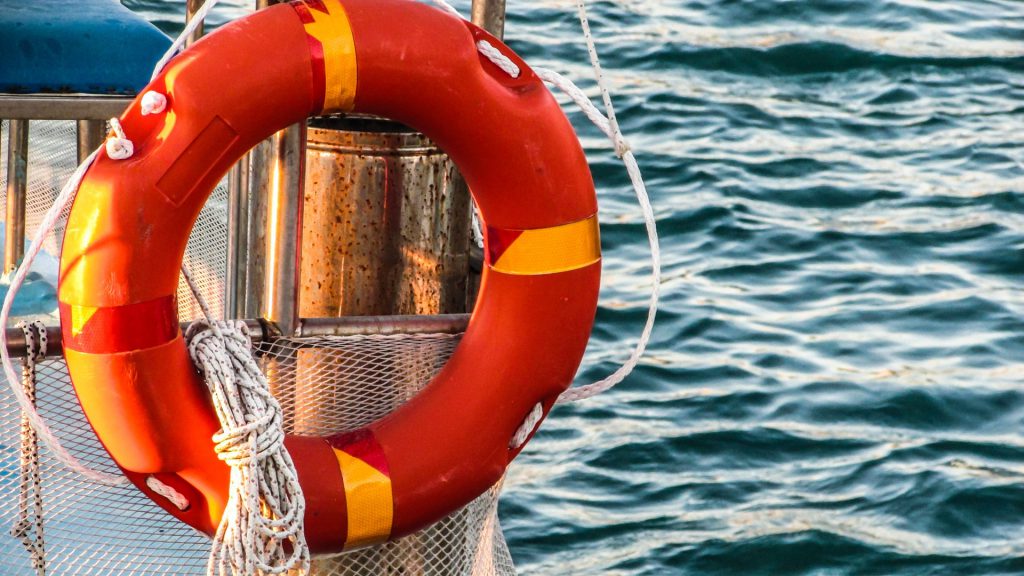
Swimming and water sports are great ways for children to be active once they’ve had swimming lessons and feel comfortable in the water. Swimming is an aerobic activity, which helps keep the heart strong and reduces chronic disease risk. It’s also a fun way to be active and stay cool outside during the heat of summer. Or, you can swim in an indoor pool regardless of the season! With any physical activity, safety needs to be a top priority to avoid accidents. Healthy and Safe Swimming Week is May 21-27 and exists to promote swimming and reduce its risks.
Here are some ways you and your family can say safe in the water:
- Make sure the pool is safe before swimming (trained staff present, safety equipment, posted inspection results, visible drains, proper pH). Use pH test strips to check the pool’s pH.
- If your child has diarrhea, make sure they stay out of the water. Cover open wounds with waterproof bandages.
- Shower before using the pool. Make sure children in diapers are wearing appropriate swim diapers and swim pants. For children that are not able to swim independently, use properly-fitting Cost Guard approved life jackets.
- Remind children not to put pool water in their mouths.
- Do not swim in natural bodies of water like oceans and lakes that are off-limits.
Most importantly, supervise your children while they’re in the water to prevent accidents! For more safety tips, visit https://www.cdc.gov/healthywater/swimming/.
Safe Swimming!